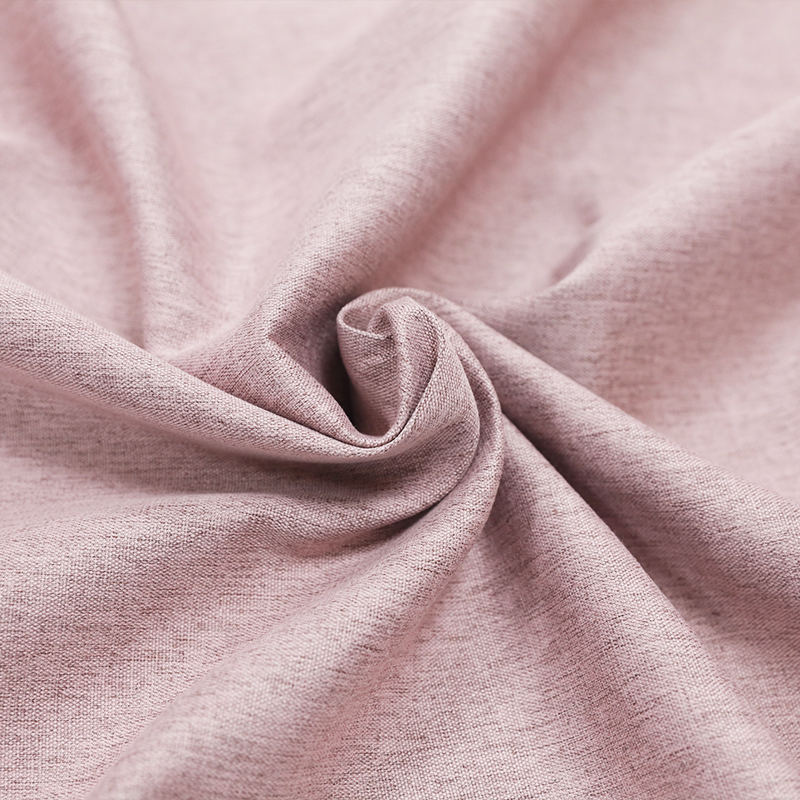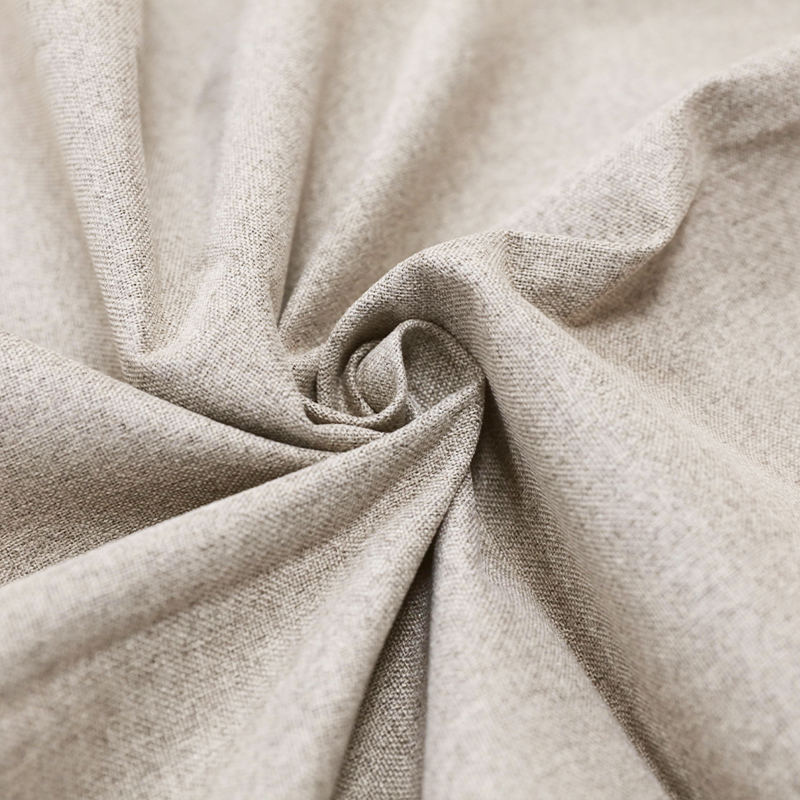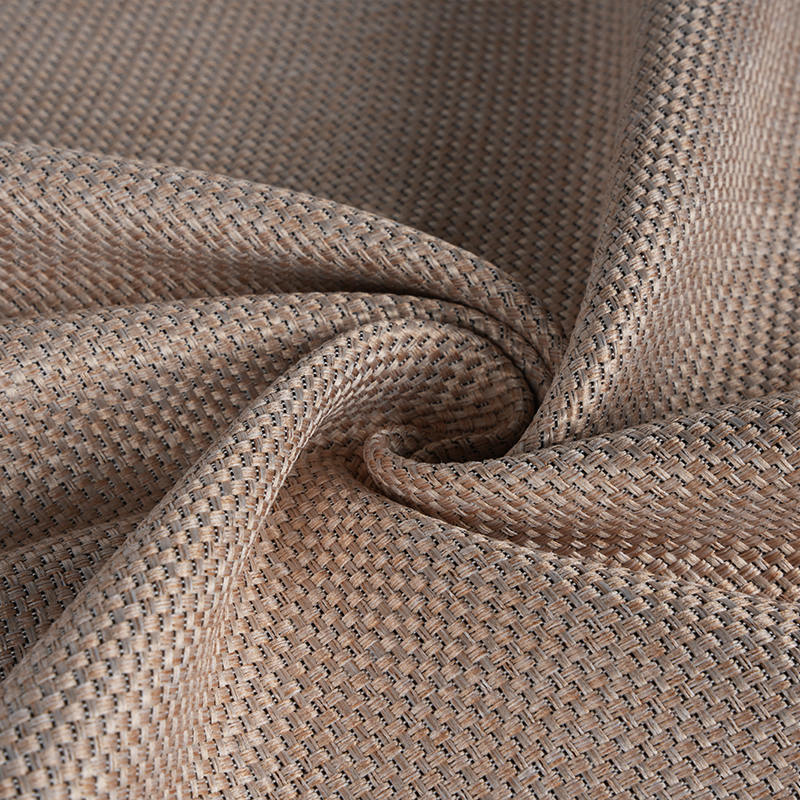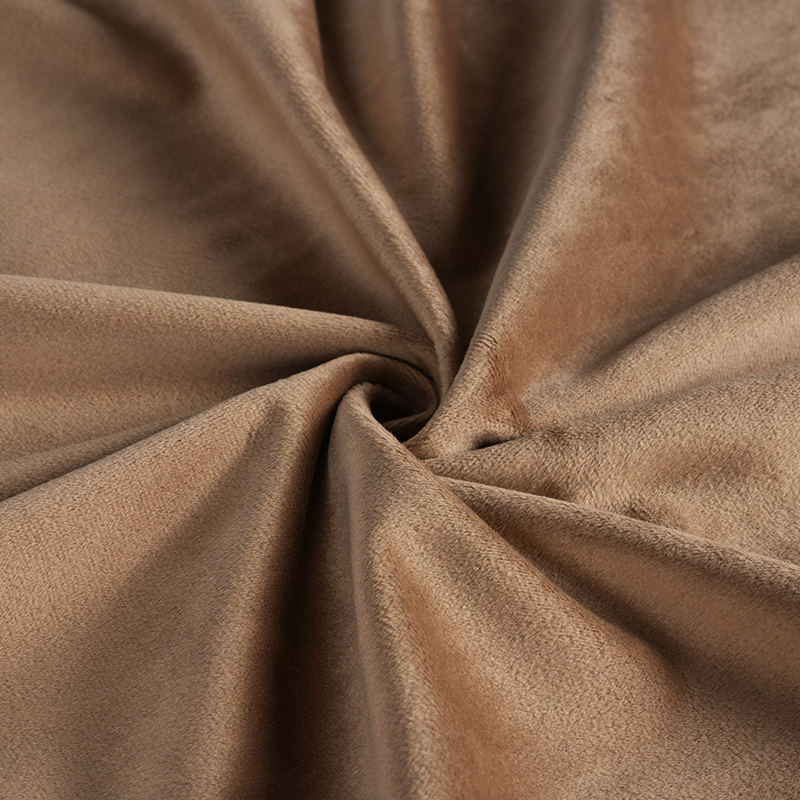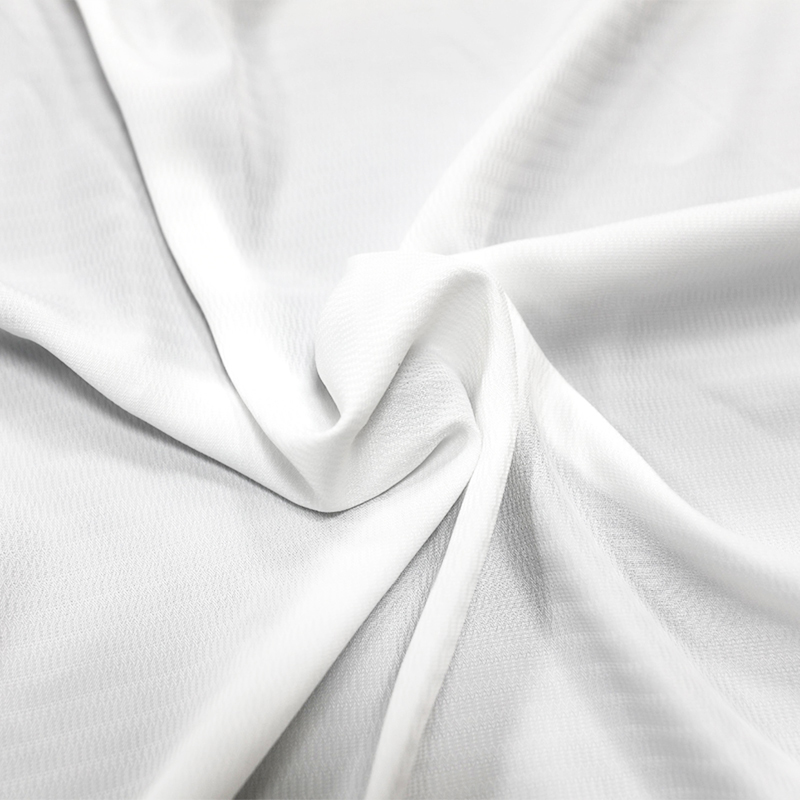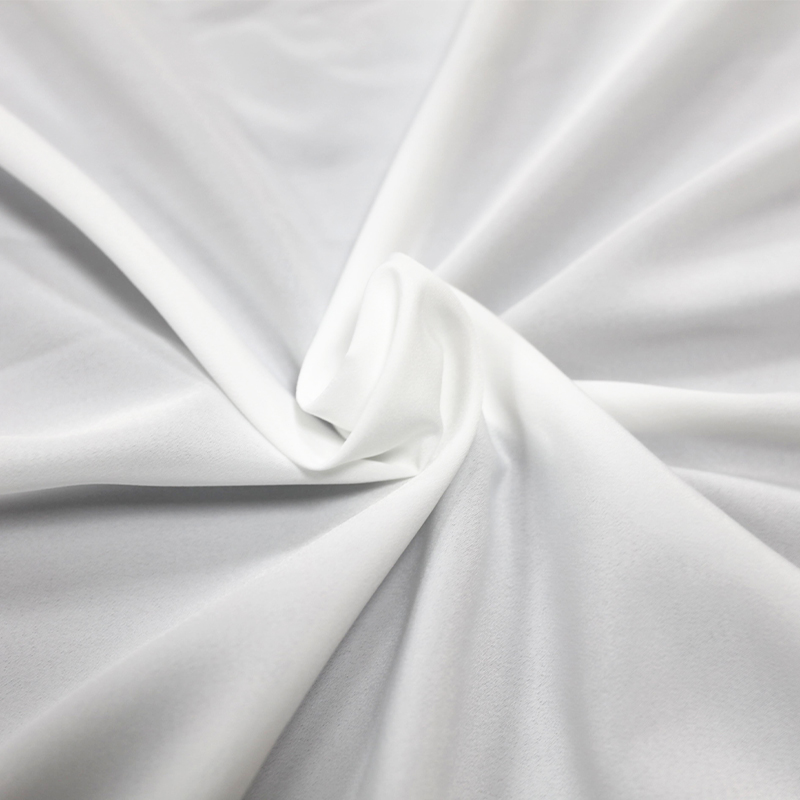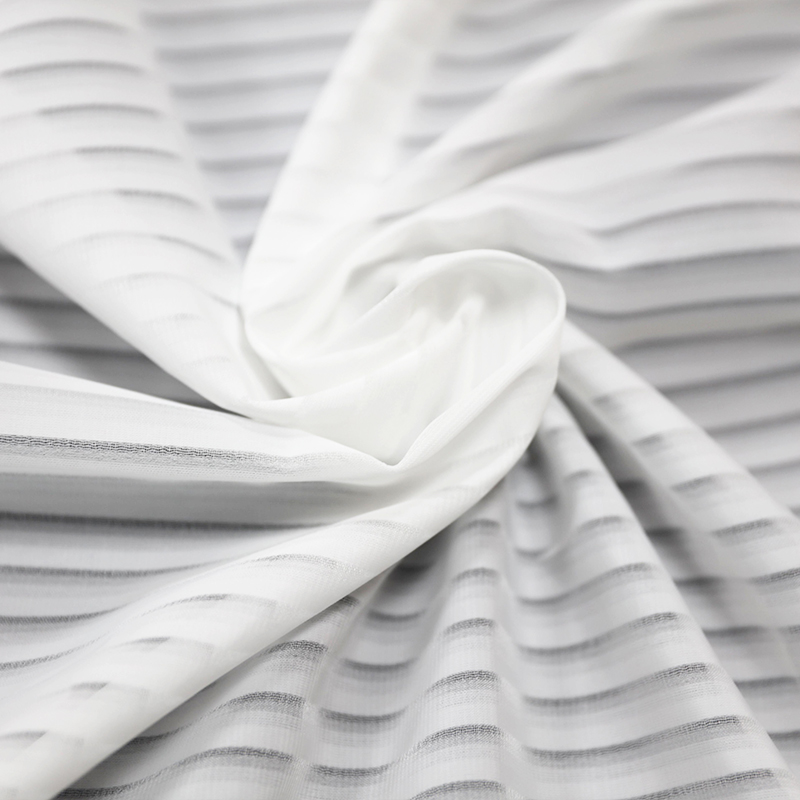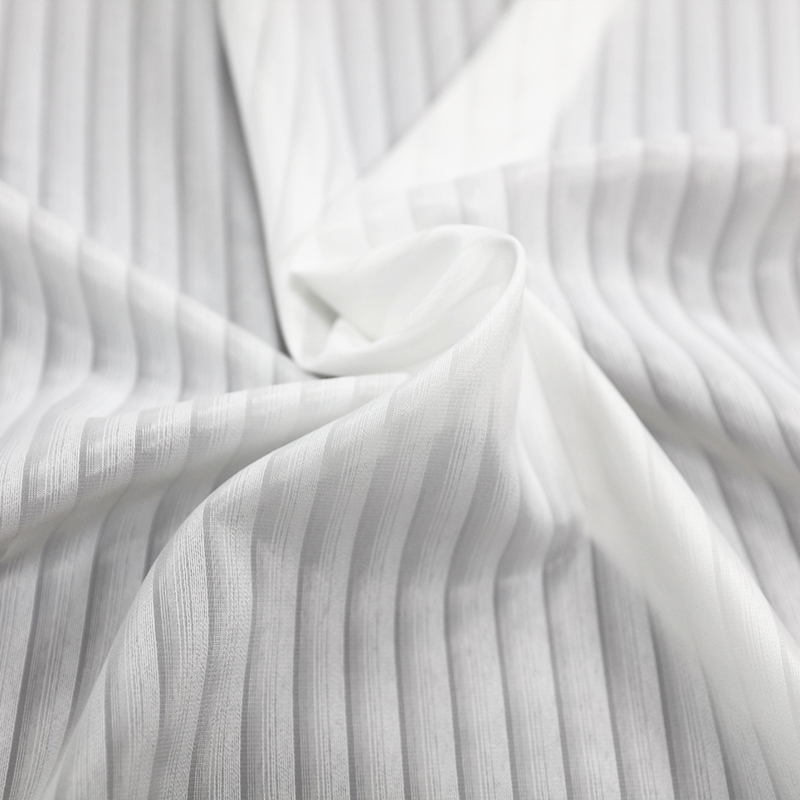-
Phone:+86-13815442820
-
E-mail:[email protected]
-
Address:Room 0415-2, Building 1, Baohui Business Building, Keqiao Street, Keqiao District, Shaoxing City, Zhejiang Province
What are the environmental characteristics of flannel curtains?
 2025.04.28
2025.04.28
 Industry News
Industry News
In modern home decoration, Flannel Curtain Fabric are highly favored for their soft and comfortable touch, excellent insulation performance, and elegant appearance. However, in addition to these practical advantages, its environmental characteristics are gradually becoming a focus of consumer attention. With the popularization of sustainable development concepts, more and more families are not only considering aesthetics and functionality when choosing curtains, but also paying attention to their impact on the environment.
From a material perspective, high-quality flannel is typically made from natural fibers such as cotton, wool, or regenerated cellulose fibers (such as Tencel). These raw materials have significant environmental advantages compared to synthetic fibers such as polyester or nylon. Natural fibers not only come from renewable resources, but also can naturally degrade after disposal, unlike plastic based fibers that remain in soil or oceans for hundreds of years. In addition, although the production process of cotton and wool requires a certain amount of water and energy, adopting organic planting or sustainable animal husbandry methods can significantly reduce the emissions of pesticides, fertilizers, and greenhouse gases. For example, organic cotton flannel certified by the Global Organic Textile Standard (GOTS) follows strict ecological and social responsibility standards from planting to processing, ensuring minimal impact on the environment and workers' rights.
The production process of flannel also directly affects its environmental attributes. The traditional textile industry often uses a large amount of chemical additives in the dyeing and finishing process, including harmful substances such as formaldehyde, azo dyes, and heavy metals, which may not only harm human health but also cause water pollution. However, nowadays many responsible manufacturers have begun to adopt low pollution technologies. For example, some high-end flannel brands use water-based dyes or plant-based dyeing processes, significantly reducing the emission of toxic chemicals. Meanwhile, OEKO-TEX ® International certification systems such as Standard 100 can ensure that the final product does not contain harmful ingredients to the human body or the environment, providing consumers with reliable purchasing criteria.
In addition to the material and production method, flannel curtains also demonstrate environmental value in practical use. Due to its tight fiber structure and high weight characteristics, this fabric has excellent thermal insulation properties. In winter, thick flannel curtains can effectively reduce indoor heat loss, thereby reducing the energy consumption required for heating; In summer, it can block some direct sunlight, help maintain a cool indoor environment, and indirectly reduce the frequency of air conditioning use. Although this energy-saving effect may seem small, it can significantly reduce household carbon footprint in the long run.

 English
English Español
Español عربى
عربى